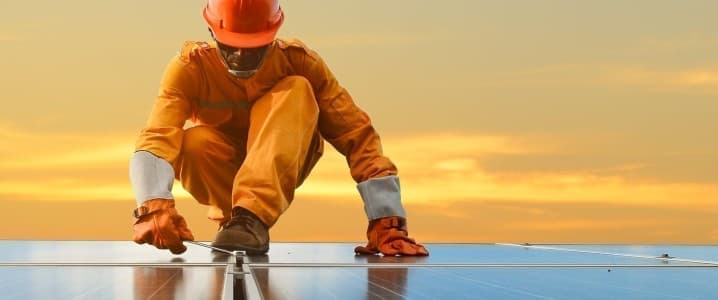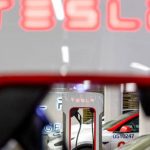Wall Street’s Hottest Clean-Energy Bet Hits a Ceiling

A couple of years ago, a cross-section of Wall Street was highly bullish on the community solar sector, with some predicting that it was poised to become the most prevalent model of residential solar power distribution in the United States. First unveiled about two decades ago, community solar entails a small-scale solar model wherein customers purchase shares in a new solar farm in their service area, developers build the project then subscribers receive credits that cut their utility bills by ~10%. Community solar offers a viable solution to the roughly half of American households that are unable to install rooftop solar due to factors like roof shading, issues with property ownership or specific regulations. Further, these solar projects tend to offer friendlier contract terms for people with lower credit scores.
Unfortunately, the community solar boom could be over before it has even properly begun. A fresh report by global data, research, and consulting services provider, WoodMackenzie, has revealed that U.S. community solar installations dropped 36% year over year in the first half of the current year, with just 437 MW installed, thanks to Trump’s One Big Beautiful Bill Act. OBBBA gutted key tax incentives for clean energy projects, with the bill’s impact expected to get worse as the years roll on. WoodMac is now decidedly bearish on the sector, and expects community solar installations to contract 12% annually through 2030. Total U.S. community solar installations clocked in at 9.1 GW at the end of June 2025, and are projected to exceed 16 GW by 2030. Wood Mackenzie does not see much upside in the sector, and has predicted that installations could exceed the forecast figure by 1.3 GW on favorable state policy while further tax credit complications could lower the outlook by 1.2 GW.
“The final bill offers a crucial four-year window for projects already under development to come online and secure the Investment Tax Credit (ITC), supporting near-term buildout,” Caitlin Connelly, senior analyst at Wood Mackenzie, told PV Magazine. “As of mid-2025, there are over 9 GW of community solar projects under development, with over 1.4 GW known to be under construction,” she added.
Related: OPEC+: Reuters Leaks on Oil Plans Again
Wood Mackenzie has attributed this year’s big decline to falling volumes in New York and in Maine, after the former program was recently overhauled. New York alone is expected to contribute nearly 30% of the U.S. decline in community solar installations in 2025. The analysts have noted that Massachusetts, Maryland and New Jersey are also facing similar problems as they transition between program iterations, adding that multiple states have generally struggled to pass new legislation.
Do you want to build your own blog website similar to this one? Contact us








